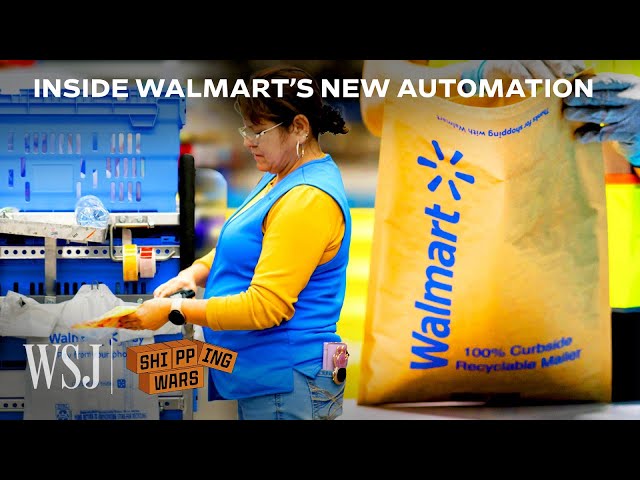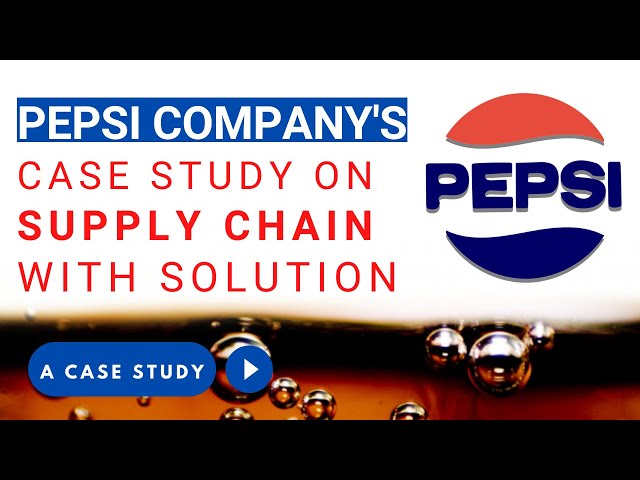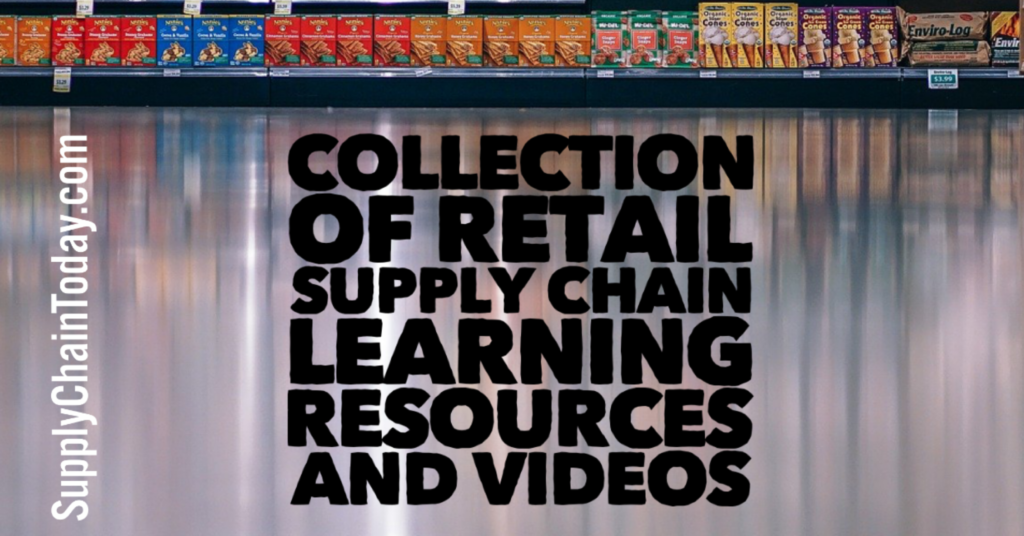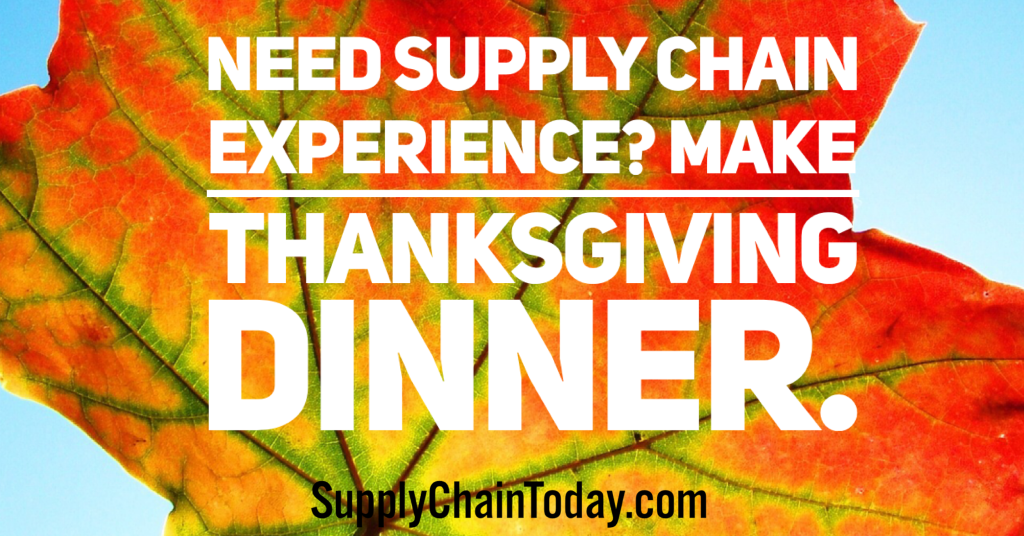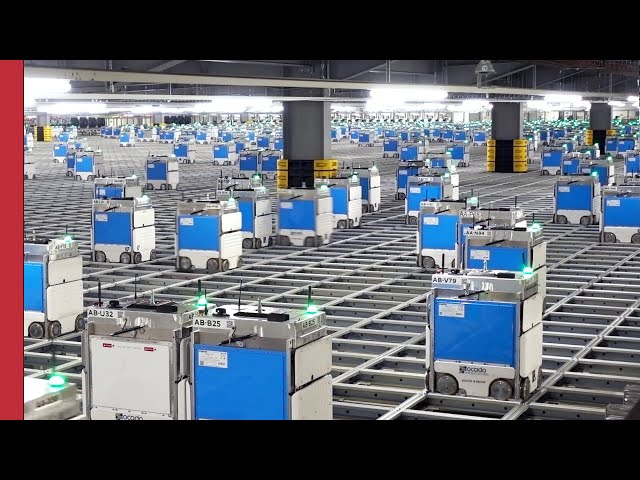Grocery Supply Chain – How 23 Foods Get To The Grocery Store.
The grocery supply chain is the process of getting food from the farm to the grocery store. It is a complex system that involves many different players, including farmers, manufacturers, distributors, retailers, and consumers.
The grocery supply chain begins with farmers who grow the food. The food is then transported to manufacturers, who package it and prepare it for sale. The food is then transported to distributors, who store it and ship it to retailers. The retailers then sell the food to consumers.
Food SCM
- Farming: Farmers grow the food that we eat. They use a variety of methods to produce food, including traditional farming methods, organic farming methods, and hydroponic farming methods.
- Manufacturing: Manufacturers package and prepare food for sale. They may also add ingredients, such as preservatives and flavorings. Manufacturers may also produce processed foods, such as canned goods, frozen foods, and baked goods.
- Distribution: Distributors store food and ship it to retailers. They may also provide retailers with marketing and promotional support.
- Retailing: Retailers sell food to consumers. They may operate grocery stores, supermarkets, convenience stores, or other types of retail outlets.
- Consumers: Consumers purchase food from retailers and eat it.
Grocery Supply Chain Disruptions
There are many factors that can cause disruption to the grocery supply chain. Some of the most common include:
- Weather events: Weather events, such as droughts, floods, and storms, can damage crops and disrupt the flow of food. For example, a drought can reduce the amount of food that farmers can produce, while a flood can damage crops and infrastructure.
- Transportation disruptions: Transportation disruptions, such as strikes, port closures, and fuel shortages, can delay or prevent the delivery of food to retailers.
- Labor shortages: Labor shortages can make it difficult for farmers, manufacturers, distributors, and retailers to operate efficiently. For example, a shortage of truck drivers can delay the delivery of food to retailers.
- Pandemics and other health crises: Pandemics and other health crises can disrupt the supply of food, as workers become sick or unable to work. For example, the COVID-19 pandemic caused widespread disruptions to the grocery supply chain.
- Geopolitical events: Geopolitical events, such as wars and embargoes, can disrupt the flow of food. For example, the war in Ukraine has disrupted the supply of wheat and other agricultural products.
In addition to these common factors, there are a number of other things that can disrupt the grocery supply chain. These include:
- Product recalls: Product recalls can lead to shortages of certain foods.
- Product safety concerns: Food safety concerns can lead to recalls and disruptions to the supply chain.
- Natural disasters: Natural disasters, such as earthquakes and wildfires, can damage infrastructure and disrupt the flow of food.
- Cyberattacks: Cyberattacks can disrupt the operations of farmers, manufacturers, distributors, and retailers.
Grocery Supply Chain Resources
Amazon Reveals Warehouse Robots For Sorting Packages and Fully Autonomous Mobile Robot.
How Walmart Is Automating Its Supply Chain for Delivery.
Pepsi Supply Chain Case Study with Solution.
Collection of Retail Supply Chain Learning Resources
Make Thanksgiving Dinner to get Supply Chain Experience.
How many robots does it take to run a grocery store?
Facebook Comments

